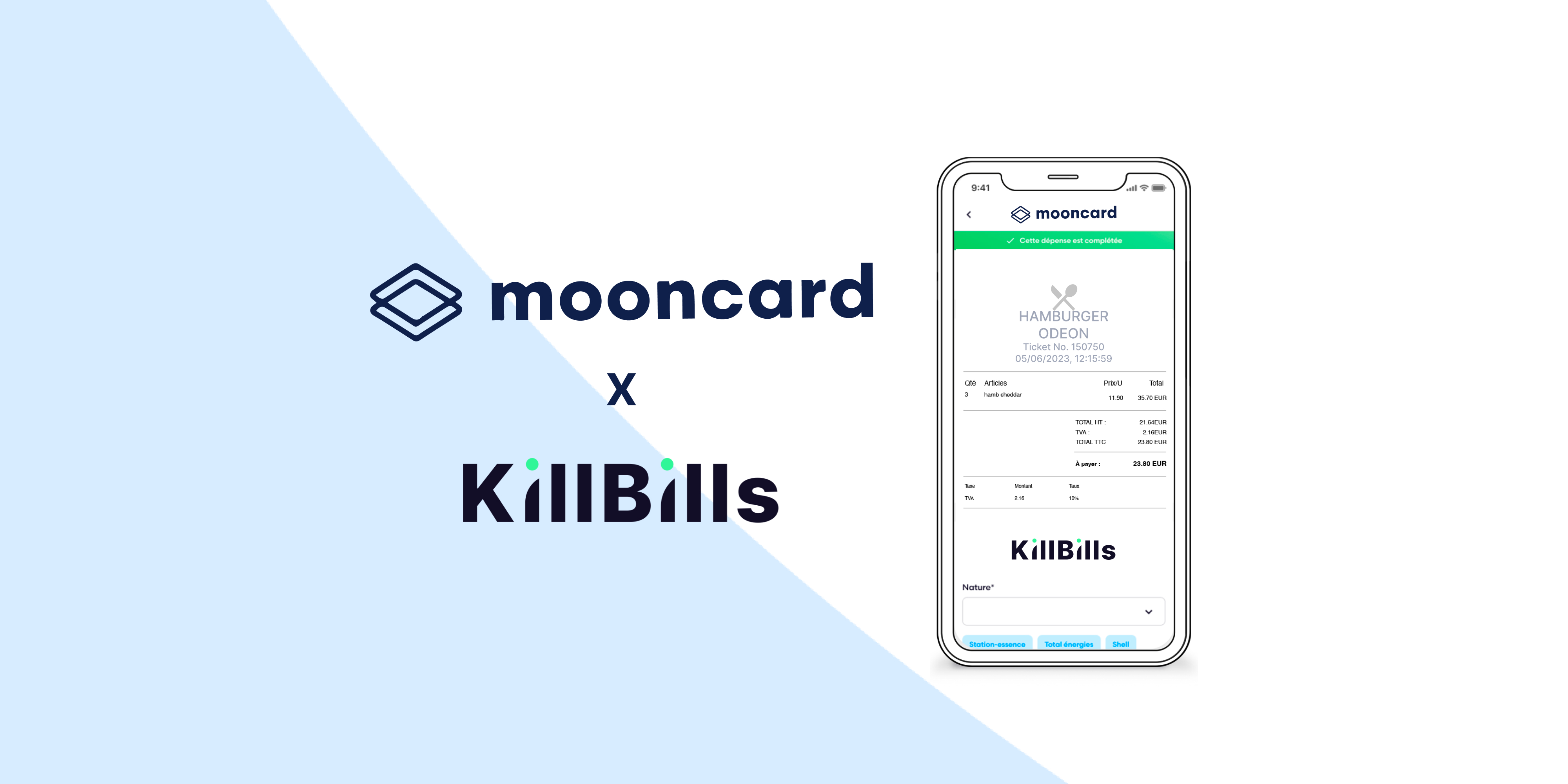Introduction
Manual data entry is time-consuming and increases the risk of errors. Business expenses are often a hidden culprit of this inefficiency, requiring multiple people to enter data to process a single expense. OCR and Transactional Data are two options used to automate this data entry and can save companies up to 20 minutes per expense report.1 We look at each method and why choosing a solution based on Transactional Data could be the smart choice for your business.
What is the difference between ‘OCR’ and ‘Transactional Data’?
‘OCR’ stands for Optical Character Recognition and uses images of printed text (like on a receipt) to transform them into digital information. Transactional Data is the information about a payment such as amount, merchant, and time of purchase that is communicated by a card network (e.g. Visa) to process a transaction. For expense reports, solutions based on OCR use the purchase receipt as the data source, and solutions integrating transactional data use the purchase information directly from the card network.
To automate an expense report using Transactional Data, the purchase needs to have been made by a card that is already integrated with the expense software. The system can then identify the card and use the data communicated by the card network to create a pre-populated expense report. OCR, on the other hand, identifies the text and numbers on a receipt, whatever the payment method, and then digitises that information to fill in the expense report.
When it comes to corporate spend, OCR is a common option offered by spend and expense management platforms. Transactional Data is less common but offers significant advantages in comparison. The good news for companies using Mooncard is that they get the best of both worlds - our platform is built around Transactional Data as well as having an OCR option. But if you’re hesitating between the two options for your expenses, read on to find out more about the benefits of each.
OCR |
Transaction Data |
|
Data accuracy |
Risk of error OCR can be very good but is not perfect. Finance teams still need to pay close attention to the details in case the numbers from a receipt have been read incorrectly |
Accurate data Expense reports created using the same data as communicated by the card network (Mooncard uses Visa) making them unique and tamperproof. |
Payment flexibility |
Flexible payment methods Employees can pay upfront with their own money or use cash if card payments aren’t accepted |
Requires cards Physical or Virtual cards linked with the software need to be attributed to employees before they make an expense. |
Spend visibility |
Data delay Spend is visible when the receipt is uploaded, not when the payment happens. Finance teams may end up with some surprise costs at the end of the month. |
Real-time data Finance teams can see spend as it happens, without having to wait for expense forms. Mooncard payment cards also have over 60 control settings that can be adjusted instantly for additional reactivity. |
What are the advantages and disadvantages of OCR?
When it comes to business expenses, OCR is a good option for employees who only have a few, small expenses. An employee who does not have a company payment card can use their receipt to claim a reimbursement and still save time on data entry. On the rare occasion when cards might not be accepted, it also allows expenses for cash purchases to be filled automatically.
However, the flexibility of OCR does come with downsides. Although it can save data-entry time, this data still needs to be carefully checked to ensure the text and numbers have been recognised accurately. Although a good OCR can perform with upwards of 95% accuracy, this margin of doubt means a finance team still needs to pay close attention and cross-check every detail.
OCR can extract data from receipts and invoices almost instantly, but it needs the receipt to generate the expense data. This means that finance teams only have visibility of expenses when employees put them in the system. And that can have a tendency to be all at the end of the month! For occasional spending OCR offers companies and employees flexibility, but in companies with frequent or significant sums of business expenses, it can reduce the finance team’s ability to manage not only their time but also the company budgets and cash flow.
What are the advantages and disadvantages of Transactional Data?
The weaknesses of OCR when it comes to visibility of spend and data confidence are where Transactional Data comes into its own. With expense software that can join the dots between a card, its transaction data, and an expense report, finance teams see business expenses appear as expense reports instantly when payments occur.
Transactional data is unique to a payment and a card, which eliminates the risk of error and means it cannot be tampered with or duplicated. Finance teams can trust that the amounts are accurate, without needing to double check that the 7 on a crumpled receipt has been read as a 1, for example.
Like OCR, though Transactional Data does have tradeoffs. To get the benefits of Transactional Data, needs to have been made using a company-provided card that is integrated to the expense solution. Employees benefit by not having to pay out of pocket, but this does mean employees and managers need to anticipate their spend requirements and equip employees with a card - physical or virtual - before they need to make an expense.
Giving company cards to employees may seem counterintuitive for finance teams who have rigorous spend controls in place. However, innovations in payment card technology means that more control can happen at the point of spend. Mooncard’s integrated cards include over 60 card authorisation settings that can be personalised on a card-by-card basis. Finance teams and managers can set each card so that it only makes a payment when it is within the limits of what that employee card holder is allowed to spend.
Conclusion
OCR and Transactional Data are both useful methods of automating the process of data entry for expense reports, saving both users and finance teams time. For infrequent expenses, OCR gives flexibility for different types of payment methods with good levels of data accuracy. For companies with higher volumes of expenses and a desire to have greater visibility and management of spend, choosing a solution that uses Transactional Data from integrated cards offers the highest level of accuracy and control for finance teams.
1GBTA: https://www.gbta.org/how-much-do-expense-reports-really-cost-a-company/





